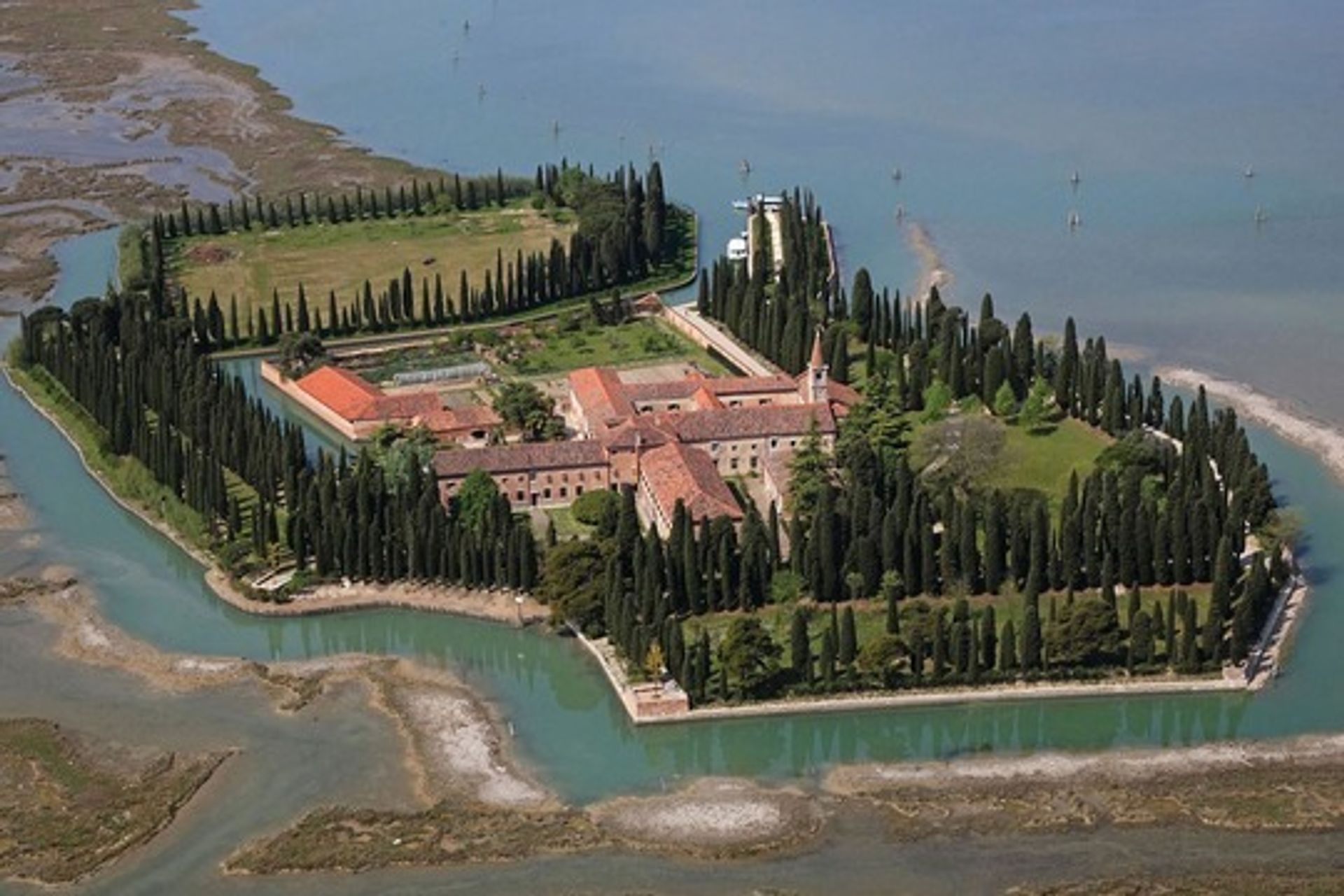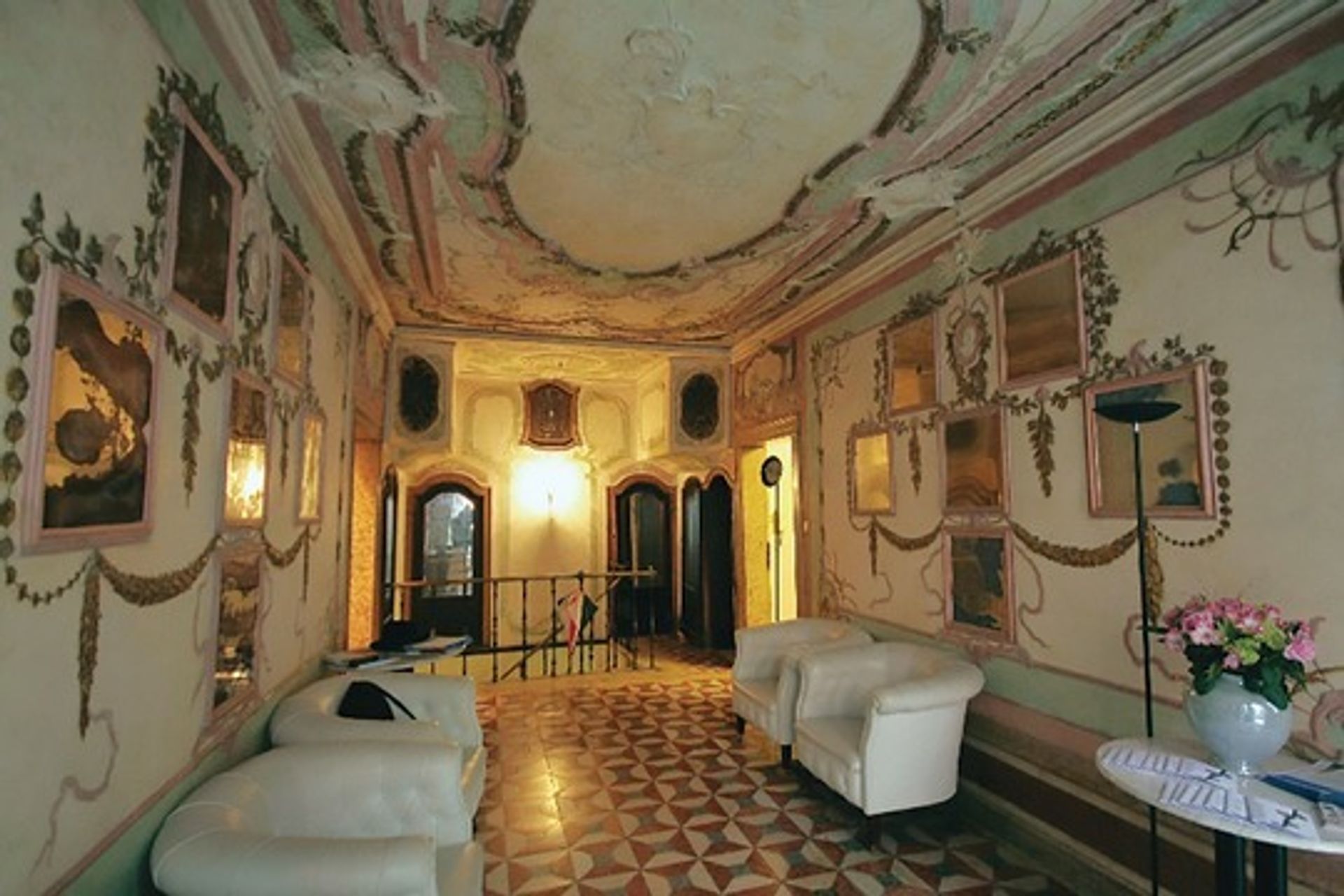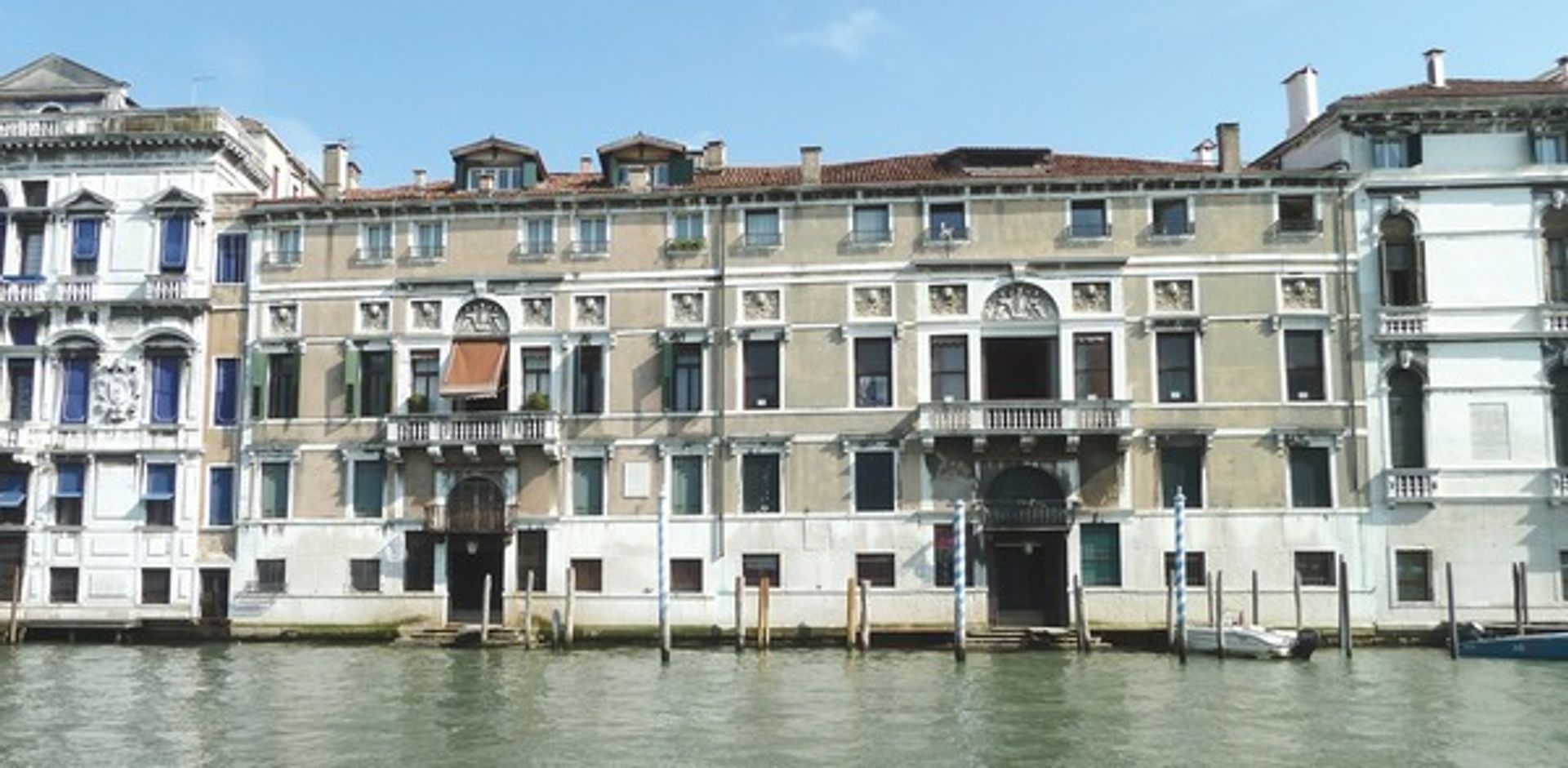San Nicolò dei Mendicoli
Campo San Nicolò, 1907 Dorsoduro
One of the oldest churches in Venice, tucked away in the back of Dorsoduro, near the Iuav university, San Nicolò is barely visited by tourists. Founded in the seventh century on the site of an ancient fort, it was rebuilt many times over the years, most recently in the 12th century, although it has been subject to many revisions since. Historically, the surrounding area was inhabited by fishermen, known as “Nicolotti”, so the church was considered quite poor in Venetian terms. But the Venetians were, of course, the Qataris of their time, so the ceiling of the church is covered in enough gold leaf to amaze most visitors, who will almost certainly be fooled by the building’s relatively simple exterior.
• Opening hours: Monday to Saturday, 10am-12pm and 3pm-5.30pm; Sunday, 9am-12pm

San Francesco del Deserto
This is the most difficult to reach of all the sites but makes for the perfect excursion. Legend has it that, in 1220, Saint Francis of Assisi stopped to rest and pray on this small island in the Venetian lagoon while travelling back from the fifth Crusade. After his death, Jacopo Michiel, the owner of the island, donated it to the Order of Franciscan Friars in 1233. The friars founded a charming convent that still survives today and is open to visitors. Archaeological digs have revealed that the island has been inhabited since Roman times.
• Opening hours: Tuesday to Sunday, 9am-11am and 3pm-5pm (closed on 17 September and 4 October); free of charge (donations welcome). Take a vaporetto to the island of Burano and book a boat to take you the rest of the way at www.lagunafla.it; for more information, call +39 339 778 1132 or email info@lagunafla.it

Alliance Francaise/Casino Venier
Rio dei Bareteri, 4939 San Marco
A “casino” is a Venetian term for the small and intimate establishments where the great and the good could meet in the evening to play cards, drink, dance and discuss culture and politics, although these venues are now synonymous with the alluring world of sexual intrigue and decadence that Venice was known for, particularly during the 1700s, by which time there were more than a hundred “casini” throughout the city. Small and perfectly preserved, this example offers a tantalising glimpse into the borderline illicit activities that could have gone on after hours. Ask to see the secret peephole in the marble floor that gives a view of the street below and would have served to warn the occupants of surprise visits by suspicious spouses and the authorities.
• Contact the casino to arrange a visit

Palazzo Mocenigo
Santa Croce 1992
The museum in Palazzo Mocenigo, just behind the church of San Stae, is often overlooked in favour of the city’s more illustrious institutions, such as the Accademia, the Correr or Ca’ Pesaro, but unjustly so. Once owned by the city’s powerful Mocenigo family, the building was donated to the city by Alvise Nicolò, their last descendant. After it was restored in 1985, the palace was reopened as a museum for Venetian textiles and costumes, and now houses the extensive collections of the city’s many museums, as well as those of the Cini Foundation, the Peggy Guggenheim Collection and the Grassi collection. Clothes and fashion were an integral part of Venice, and the city’s glitz and glamour was recorded by many artists and writers who helped to shape the city’s identity.
• Opening hours: 1 November to 31 March, 10am-4pm; 1 April to 31 October, 10am-5pm. The ticket office closes 30 minutes earlier

